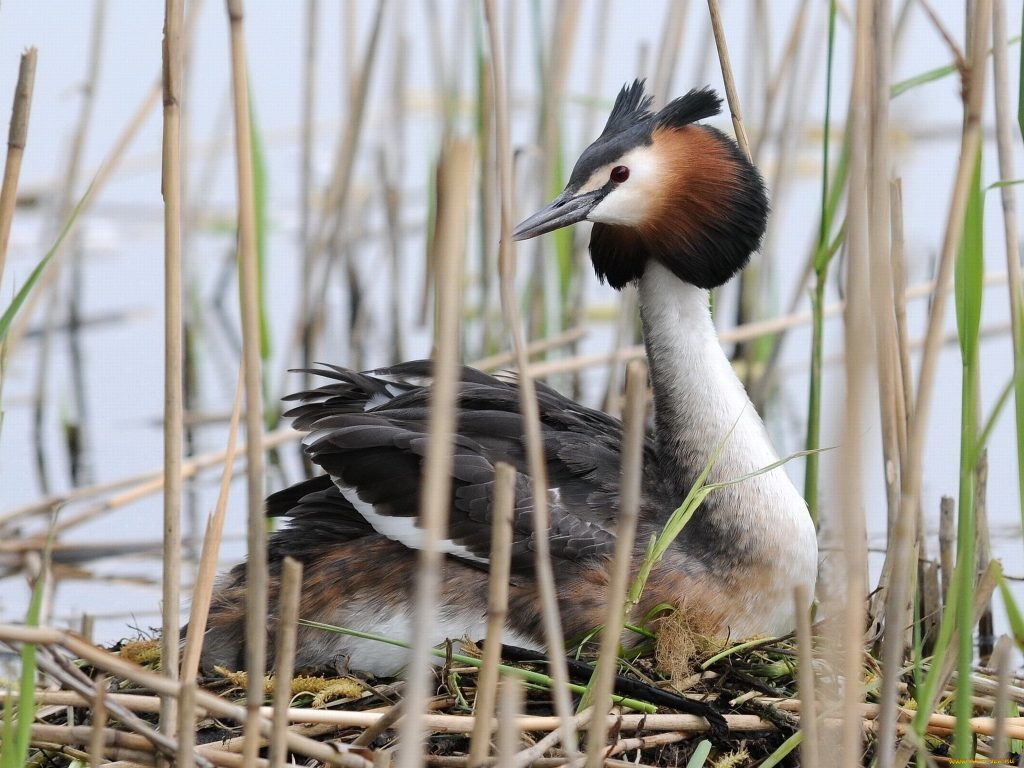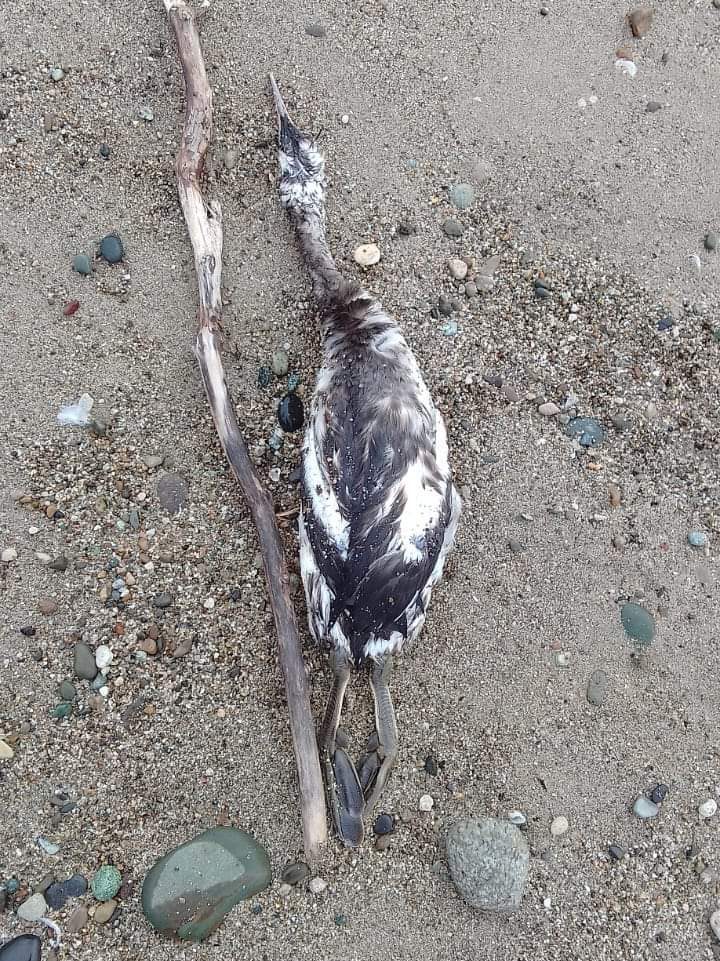The unsolved mystery: What's behind the mass die-off of birds in Abkhazia?
the mass die-off of birds in Abkhazia
The end of February in Abkhazia was marked by the mysterious mass die-off of waterfowl. More specifically, birds of a particular species – coots – were dying. Local residents found bird carcasses all along the coast. But the cause of the die-off remained undetermined.

The first alarms were raised by the residents of Sukhumi, for whom a shore littered with dead birds was an unusual and frightening sight. People began to take photos and videos and post them on social networks. Following this, journalists sought a comment from the director of the Institute of ecology, Roman Dbar. However, he saw nothing unusual in the situation:
“We have hundreds of thousands of birds on the coast that winter here thanks to special climatic and ecological conditions. Winter is the most difficult time for all animals, so primarily old, weakened, and sick individuals die. But ‘massiveness’ of the die-off is a subjective assessment.”
According to Dbar, on the more “wild” sections of the coast, the dead, sick, and weakened birds become prey to predators and therefore do not catch the eye. But within the city limits, these ecological links are disrupted, causing residents often to witness “natural, but sometimes dramatic natural phenomena, such as the agonizing death of birds.”
- Increase in fishing quota in Abkhazia poses threat of ecological disaster
- “Georgians and Abkhazians work well together when they both need it” – Inguri HPP director, VIDEO
- Benefits of solar energy in Armenia: three examples
However, the public was not convinced by this explanation. Environmental activists attempted to save the birds. The head of the public organization “Apsabara,” Astanda Jhenia, independently “resuscitated” seven birds by administering medication:
“Out of 30 birds that I managed to bring from the shore, only seven survived. Some died immediately after being transported.
I brought the birds to the yard of the house I rent, but they needed constant attention: to give them medicine on time, to clean up after them… And they bite. As soon as the birds started to feel better, they became lively and started biting. You need to pour the medicine directly into the throat, and the birds did not like that,” Astanda explains.

She believes that the cause of the die-off is not a viral or bacterial infection but, most likely, poisoning due to toxins entering the water.
This view is also held by Russian ornithologist Alexander Dvoretsky, with whom the Abkhaz activists were constantly in contact. Dvoretsky thinks that the death of the coots on the coast of Abkhazia could be caused by a toxin affecting the central nervous system.
“If they were in such large flocks as seagulls, one could talk about some infection spreading among them. But look at the coots: one bird here, another three hundred meters away. They do not contact; they cannot transmit this infection to each other,” explains the ornithologist.
However, the exact cause of the coots’ deaths in Abkhazia was not determined. Moreover, it could not have been determined due to the lack of laboratories in the republic capable of conducting the necessary analyses. But Abkhaz veterinarians did perform autopsies to establish at least a probable cause of the coots’ deaths.
“We dissected the carcasses, there was a sufficient amount of fat, the organs were intact, no changes were noticed. The only thing we found was hemorrhaging of the mucous membranes of the eyes. But to understand what this could be related to, we need a very good laboratory or institute,” reported the head of the state veterinary service, Roman Jopua.
“The curse of the Turkish seiner”?
Scientists did not link the birds’ deaths to the recent death of three crew members of a Turkish fishing vessel. In mid-February, they were admitted to an Abkhaz hospital showing symptoms of acute poisoning. According to the captain, fish had been lying in the ship’s hold for several months; over time, it decomposed, producing ammonia, which the crew inhaled and were poisoned by.
Among the residents of Abkhazia, a theory emerged that the remains of the spoiled fish were dumped into the sea and caused the birds’ poisoning. However, neither ornithologists nor ecologists saw any connection between these incidents.
During the period of the bird die-off in Abkhazia, there was no observed mass sickness among people. However, many refrained from walking on the beaches, and some winter sea swimming enthusiasts postponed their swims for better times.
“Usually, I don’t miss a single sunny day in winter and swim even when the air temperature is below 15 degrees. But due to the death of the birds, I decided not to swim, just in case there’s some infection in the sea now,” says 55-year-old Sukhumi resident Valentina Pavlovna.
However, not everyone was so cautious and sensitive: on the beaches of Sukhumi, one could notice people who still swam and then gathered and burned the dead birds right there, on the beach.
Toponyms, terminology, views and opinions expressed in the article do not necessarily reflect the views and opinions of JAMnews or any employees thereof. JAMnews reserves the right to delete comments it considers to be offensive, inflammatory, threatening, or otherwise unacceptable



















